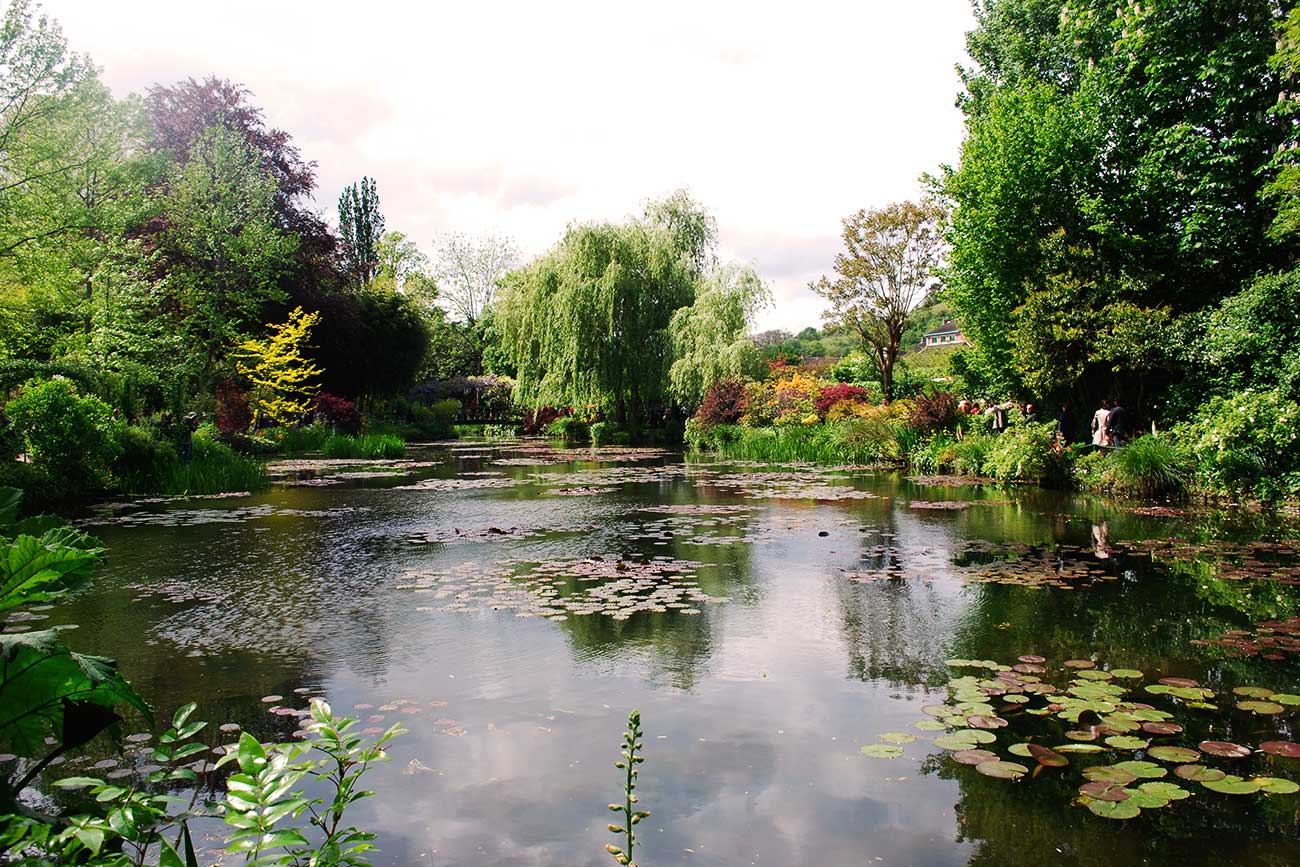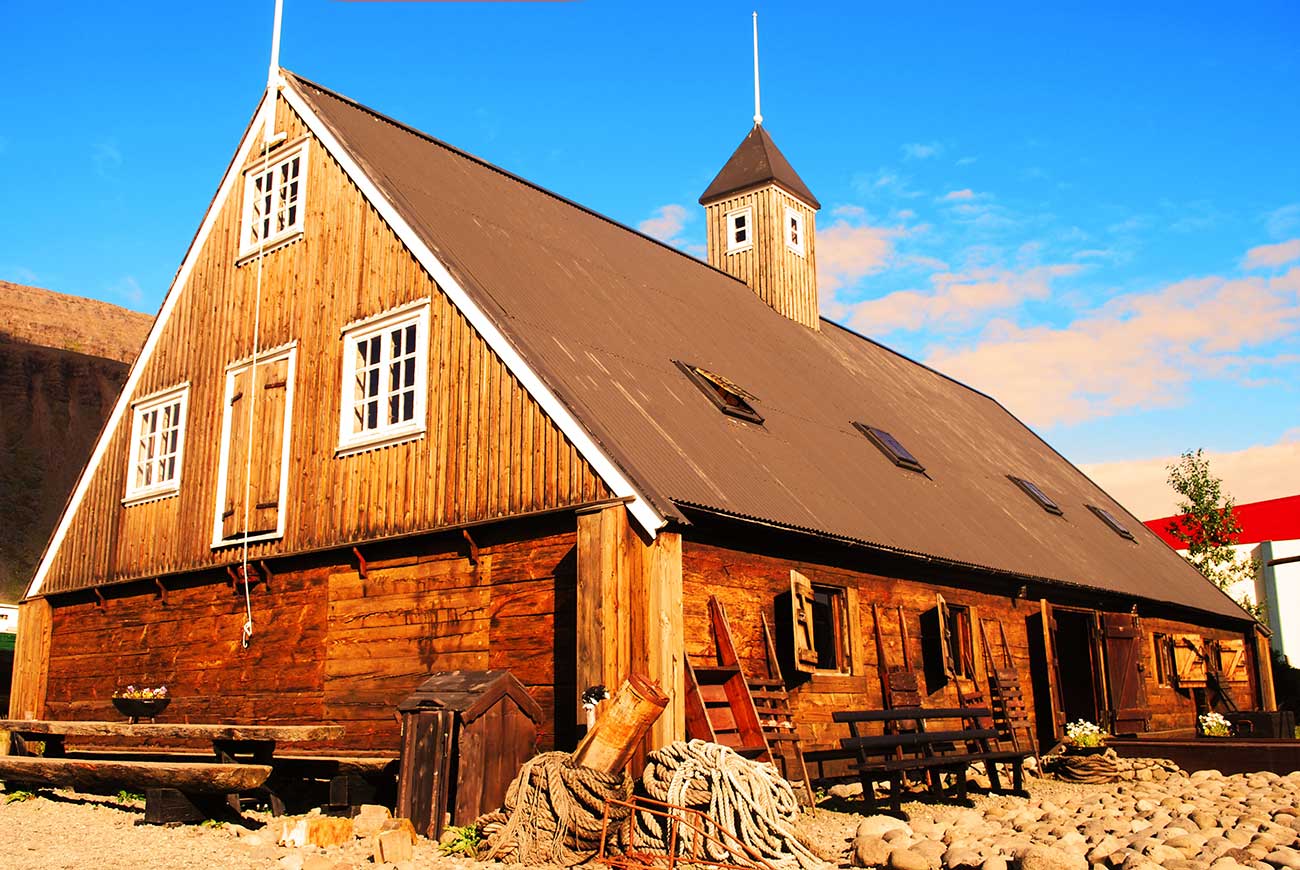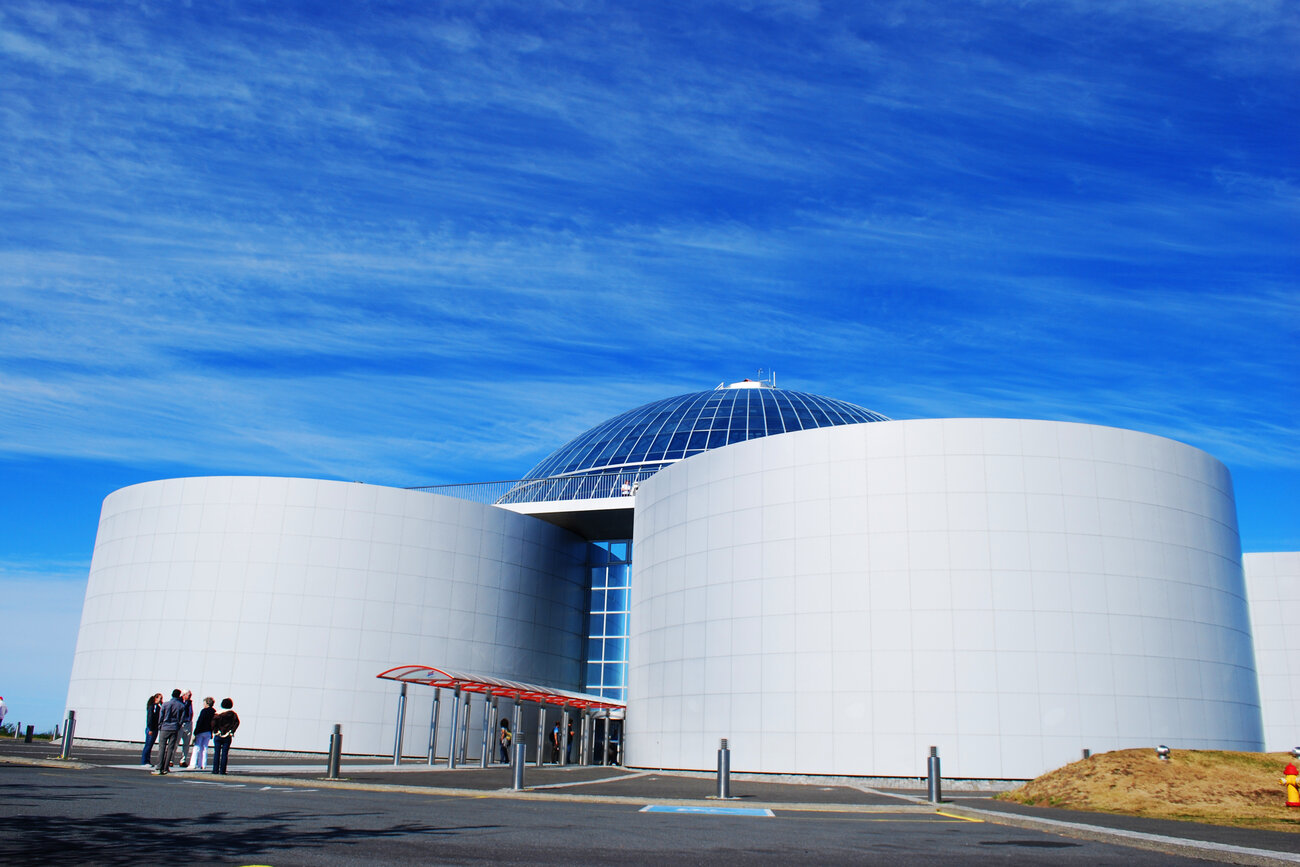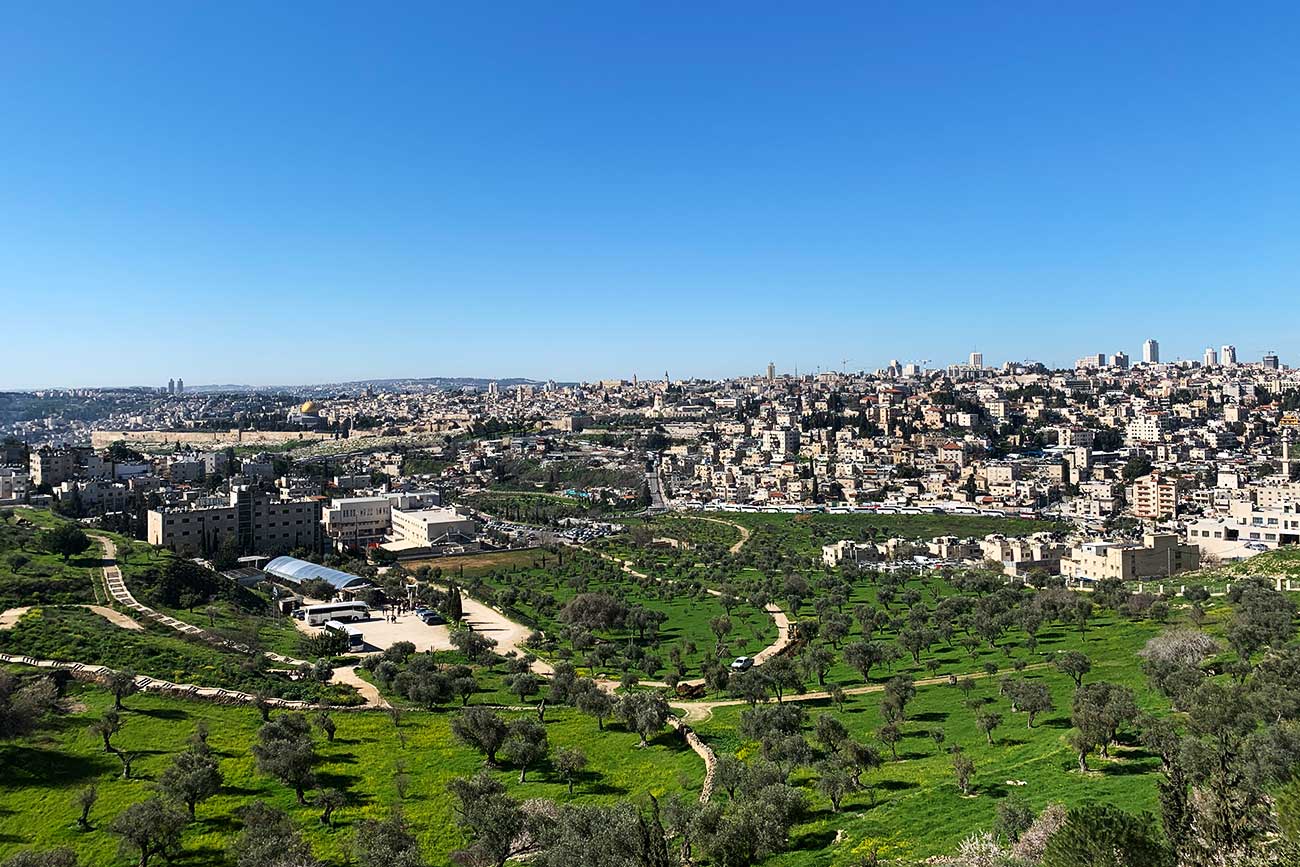Claude Monet’s masterpieces are renowned for their vibrant colors, vivid brushstrokes, and dreamy landscapes. And while Monet’s paintings can be found in galleries around the world, there’s no better place to experience his art than in the small French town of Giverny. Let’s go on a journey through Monet’s life, and explore his most famous paintings, and his beautiful gardens in Giverny.
Monet’s life and artistic journey
Claude Monet was born in Paris in 1840 and grew up in the coastal town of Le Havre. Despite his father’s wishes for him to pursue a career in business, Monet was drawn to art from a young age. He moved to Paris in his early twenties and began studying at the Académie Suisse, where he met fellow artists such as Pierre-Auguste Renoir and Frédéric Bazille.
Monet’s early works were heavily influenced by the Barbizon school of landscape painting, which emphasized the natural beauty of the French countryside. However, it wasn’t until he began experimenting with the Impressionist style that he found his true artistic talent. In the 1870s, Monet and a group of like-minded artists began exhibiting their works independently of the traditional Salon exhibitions, which were dominated by academic art. The Impressionists were criticized for their loose brushstrokes and unconventional subject matter, but they persevered and eventually gained recognition for their innovative style.

Overview of Monet’s most famous paintings
Monet’s most famous paintings are undoubtedly his series of Water Lilies, which he painted in his later years. These large-scale canvases depict the tranquil pond in his garden at Giverny, with its floating lily pads and arched Japanese bridge. The Water Lilies are considered some of the most iconic works of the Impressionist movement and have been exhibited in museums around the world.
Other notable Monet paintings include his Haystacks series, which depict the same haystacks at different times of day and in varying weather conditions. The Haystacks are a prime example of Monet’s fascination with capturing the changing effects of light and atmosphere in his paintings. His Rouen Cathedral series is another iconic work, which captures the Gothic architecture of the cathedral in different lighting conditions.
Monet’s inspiration for his paintings
Monet was heavily influenced by the natural world around him, and his paintings often depict landscapes and gardens in vivid detail. He was particularly drawn to the play of light and color in nature, and his paintings reflect his fascination with capturing the fleeting effects of light and atmosphere.
Monet was also inspired by his travels, particularly to locations such as Venice and London, which he depicted in some of his most famous works. His interest in Japanese art and culture also influenced his work, as seen in his use of the Japanese bridge in his Water Lilies series.
Giverny: A tour of Monet’s gardens

Nowhere is Monet’s love of nature more apparent than in his gardens at Giverny, which he began cultivating in the 1880s. The gardens were a source of inspiration for many of his paintings, and they remain a stunning example of his artistic vision.
The gardens are divided into two main sections: the flower garden and the water garden. The flower garden is a riot of color, with beds of vibrant blooms such as irises, poppies, and roses. The water garden is centered around the lily pond, which is surrounded by weeping willows and bamboo. The Japanese bridge, which is depicted in many of Monet’s paintings, spans the pond and adds to the serene atmosphere.
The water lily pond and Japanese Bridge

The water lily pond and Japanese bridge are perhaps the most iconic features of Monet’s gardens, and they are a must-see for any visitor to Giverny. The pond is home to a variety of plant and animal life, including the famous water lilies that Monet loved to paint. The bridge, which was inspired by Japanese woodblock prints, adds to the tranquil atmosphere of the garden and is a popular spot for photos.
Inside Monet’s home and studio

In addition to the gardens, visitors to Giverny can also tour Monet’s home and studio. The house is a charming pink farmhouse that dates back to the 18th century, and it has been beautifully restored to reflect the way it looked during Monet’s time there. The interior is filled with antique furniture, paintings, and other personal belongings that give visitors a glimpse into Monet’s daily life.
The studio is particularly fascinating, as it contains many of Monet’s original tools and materials. Visitors can see the easels and brushes that he used to create his masterpieces, as well as his collection of Japanese woodblock prints that influenced his work.
Visiting Giverny: Tips for planning your trip
If you’re planning a trip to Giverny, there are a few things to keep in mind. The gardens are open from April to November, and it’s best to visit during the week to avoid crowds. Tickets can be purchased online in advance, and it’s recommended to arrive early in the day to beat the rush. The gardens can be reached by train from Paris, and there are also several tour operators that offer day trips from the city.
Other things to do in Giverny and nearby areas
While the gardens are the main attraction in Giverny, there are plenty of other things to see and do in the area. The nearby town of Vernon is home to several historic buildings, including the Église Notre-Dame, which dates back to the 11th century. The town of Rouen, which is about an hour’s drive from Giverny, is home to the stunning Rouen Cathedral, which inspired one of Monet’s most famous series of paintings.
Claude Monet’s legacy in the art world is undeniable. His innovative use of color and light, as well as his fascination with nature and the natural world, continue to inspire artists around the world. And while his paintings can be found in museums and galleries around the globe, there’s no better place to experience his art than in the gardens of Giverny. If you’re an art lover, a visit to Giverny is a must-do, and I hope this article has inspired you to explore the colorful world of Monet’s masterpieces.
Have you ever visited Giverny and seen Monet’s gardens? If so, share your experiences in the comments below! And if you haven’t visited yet, I hope this article has inspired you to plan a trip. Don’t forget to share this article with your fellow art lovers, and happy travels!













